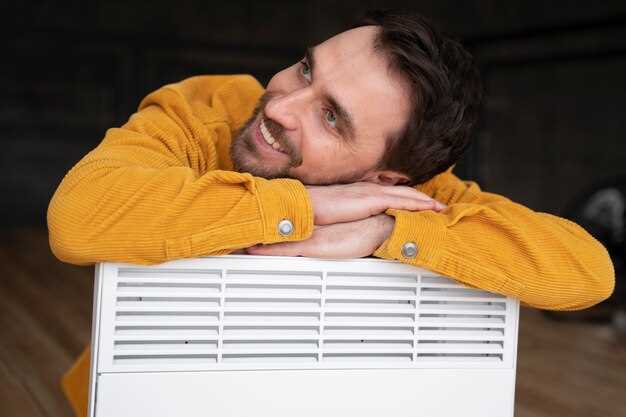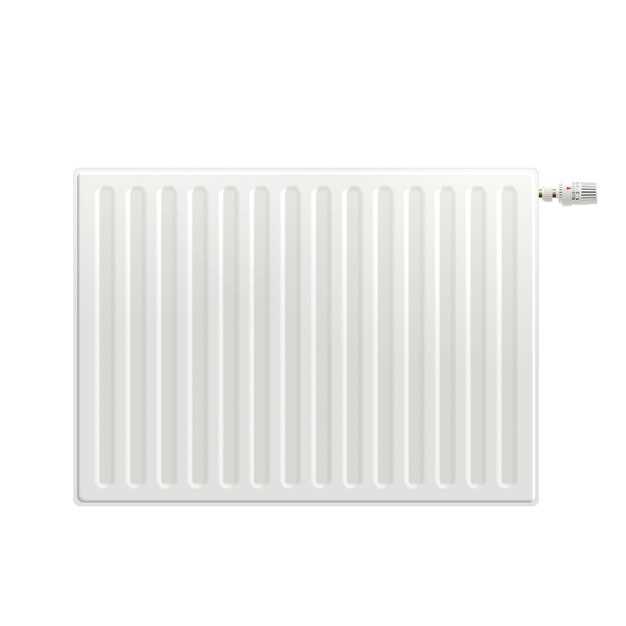
As a crucial component of your vehicle’s cooling system, the radiator plays an essential role in maintaining optimal engine temperature. Over time, however, even the most robust radiators can experience wear and tear, leading to inefficiencies that can ultimately jeopardize your engine’s performance. Understanding the signs that indicate it’s time to replace your radiator is vital for every car owner.
One of the most prominent indicators of a failing radiator is overheating. If your vehicle frequently overheats, it may signal a coolant leak or a clog within the radiator, preventing proper heat dissipation. Additionally, noticing a low coolant level despite regular refills can be a sign of internal leaks that might necessitate a full radiator replacement.
Other signs include visible rust or corrosion, which can compromise the integrity of the radiator, and a sweet smell of coolant inside or outside your vehicle, indicating a potential leak. Moreover, the presence of steam or fluid pooling beneath your vehicle can signal significant problems. Identifying these symptoms early can help you take preventative measures, avoiding costly repairs associated with a damaged engine.
Identifying Physical Damage or Leaks

One of the most critical indicators that your radiator may need replacement is the presence of physical damage or leaks. Begin by inspecting the radiator for any visible signs of dents, cracks, or rust. These imperfections can compromise the radiator’s ability to function efficiently and may lead to further issues if not addressed promptly.
Next, look for signs of leaking coolant, which can often appear as a puddle of liquid beneath the radiator or as streaks of dried coolant around its edges. A leak not only reduces the radiator’s effectiveness but can also lead to engine overheating and component damage. Pay close attention to the connections and hoses, as these areas are common leak points due to wear and tear over time.
Additionally, examine the pressure cap for any damage or warping. A faulty cap can prevent proper pressure regulation, leading to overheating or leaks. If you notice any of these issues, it is essential to address them quickly, as they can escalate into more severe problems if left unattended. Regular maintenance checks can help identify these signs early, allowing for timely replacement and preventing complications down the road.
Assessing Heating Efficiency and Performance
To determine whether your radiator is functioning effectively, it’s crucial to evaluate its heating efficiency and overall performance. Start by checking the temperature consistency in the rooms served by your radiator. If certain areas remain cold or require excessive time to warm up, this may indicate that the radiator is not operating at optimal capacity.
Next, listen for unusual noises–such as banging, clanging, or gurgling sounds. These sounds can suggest trapped air, sediment buildup, or internal damage, all of which can hinder heating efficiency. Regularly bleeding your radiator can alleviate some of these symptoms, but persistent issues may signal the need for replacement.
Additionally, inspect the radiator’s exterior for any signs of rust, corrosion, or leaks. Visible damage can compromise performance, leading to reduced heating output. If you notice leaking water or significant moisture around the base, it is often a clear sign that the radiator is failing.
Another important factor to assess is the energy consumption of your heating system. If you observe a notable increase in your heating bills without a corresponding change in usage, this inefficiency can stem from an aging radiator. Old radiators often require more energy to produce the same heating effects as newer models, ultimately leading to greater costs.
Lastly, consider the age of your radiator. Most radiators have a lifespan of 20 to 25 years. If your unit is approaching or surpassing this age limit and exhibits any performance issues, it may be time to consider a replacement for greater efficiency and comfort.
Understanding Age and Maintenance History

The age of your radiator plays a crucial role in its performance and efficiency. Most radiators have a lifespan of about 15 to 30 years, depending on the materials and maintenance practices. As a radiator ages, it becomes more susceptible to wear and corrosion, which can significantly affect its ability to heat your space effectively.
It is essential to keep a detailed record of your radiator’s maintenance history. Regular check-ups, flushing, and bleeding can prolong the life of your radiator, but neglecting these tasks can lead to accumulated issues. If your radiator has not been serviced in several years, it may already be facing significant problems that warrant replacement.
Signs of aging include: rust buildup, decreased heat output, and strange noises during operation. These indicators may suggest that your radiator is reaching the end of its useful life. Understanding the maintenance history also helps in evaluating the radiator’s current condition; a well-maintained radiator is likely to last longer than one that has been neglected.
In summary, pay attention to both the age of your radiator and how well it has been maintained. These factors are critical in deciding whether it is time to replace your heating system for optimal performance and efficiency.




